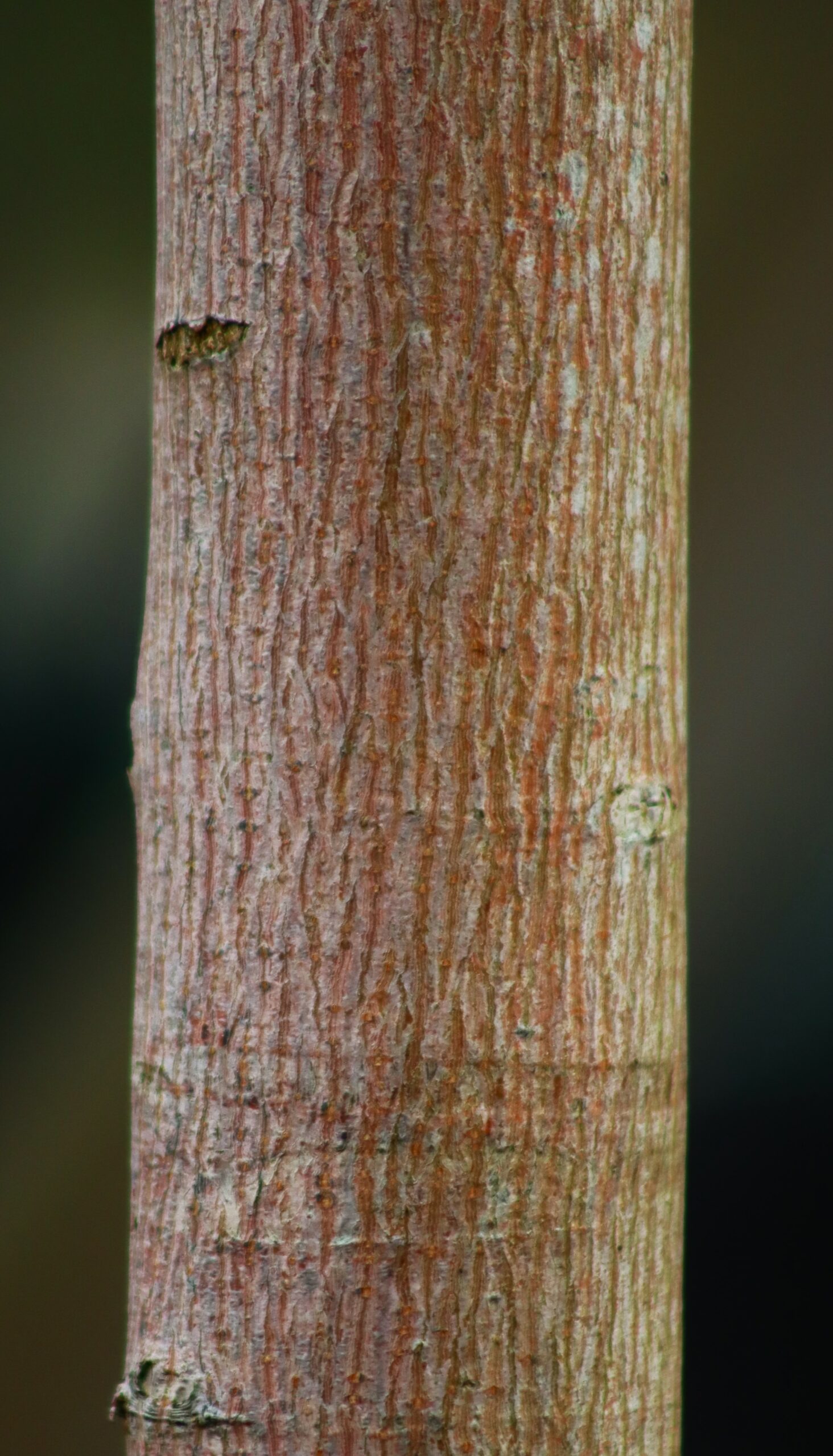Tree Information
Specialities
Tolerances
Wet Soil: Low
Dry Soil: Medium
Lime: Medium
Acer cappadocicum ‘Rubrum’ is a striking cultivar of the Red Cappadocian Maple, native to the Cappadocia region of central Turkey. Introduced to the UK in the 1830s, this tree remains relatively rare, offering a unique option for gardeners seeking exceptional colour and form.
The key feature of Acer cappadocicum ‘Rubrum’ is its vibrant foliage. In spring, the palmate leaves emerge a deep blood red, maturing to rich green through early summer. Autumn brings a spectacular transformation as the leaves burst into vivid shades of red, orange, gold, and yellow, creating breathtaking seasonal interest. This colour show makes Acer cappadocicum ‘Rubrum’ a standout choice for parks, gardens, and urban spaces alike.
Beyond its foliage, the tree’s mahogany bark adds texture and warmth to any landscape, especially when sunlight filters through. In spring, delicate yellow-green flowers appear, followed by paired winged fruits that further enhance its ornamental appeal.
Acer cappadocicum ‘Rubrum’ prefers well-drained soil and thrives in full sun to partial shade. It adapts well to a variety of soil types including clay and loam and is hardy in colder climates. This cultivar is also noted for its resistance to common pests and diseases, making it a reliable and attractive choice for sustainable landscaping projects.
For those interested in native and ornamental maples, explore our full range of Acer trees or consider the popular Acer campestre ‘Streetwise’ for urban planting solutions.
Visit our Useful Resources for in-depth guides
Discover guides to help you with specifying your trees, caring for your trees and understanding the weights and dimensions of trees.
Useful ResourcesSize
Medium
10m high x 6m wide after 25 years
Environment
Thrives best in sheltered locations, where it is protected from strong winds. This adaptability makes it an excellent choice for planting in parks, along avenues, and within large gardens. Ideal for creating serene, attractive landscapes.
Canopy
Features a rounded to broadly oval crown that provides a pleasing silhouette. The tree has a sturdy trunk and a dense symmetrical branching structure, creating a balanced and elegant appearance. The canopy is full and lush, with evenly spaced branches that contribute to its overall harmonious shape.
Foliage
The foliage is a striking feature of this tree, with is palmate leaves that are typically arranged opposite each other along the branches. Each leaf is characterised by 5-7 distinct lobes, giving it a bold decorative appearance. When young, the leaves showcase a vibrant blood red colour that gradually transitions to a rich green during the summer months. As autumn approaches, the foliage transforms to a brilliant array of vivid reds, oranges, yellows and golds, creating a spectacular autumnal display.
Bark
The bark displays a smooth texture with light fissures, featuring a subtle mahogany hue that catches the sunlight beautifully. This rich, warm colour provides a striking contrast to the tree's vibrant foliage. The lightly fissured surface adds a touch of natural complexity, creating a pleasing interplay of light and shadow as the sun interacts with the bark.
Resilience
A resilient tree that adapts well to a variety of soil conditions, thriving in well-drained soils, including damp, loamy, and sandy types. However, it should be avoided in compacted areas, where root development can be hindered. The tree benefits from some protection against harsh winds, which helps maintain its overall healthy and structural integrity. For the most vibrant leaf colouration, plant in full sun where it can fully showcase its rich hues throughout the seasons.
FAQs
What are the ideal growing conditions for Acer cappadocicum 'Rubrum'?
The tree thrives in well-drained soils and prefers full sun to partial shade. It is adaptable to a range of soil types, including clay and loam, and can tolerate various light conditions. For the best leaf colour, it should be planted in full sun.
When does Acer cappadocicum 'Rubrum' produce flowers and fruits?
The tree produces inconspicuous yellowish-green flowers in spring. Following the flowering period, small winged fruits develop in pairs, adding visual interest to the tree.
How does Acer cappadocicum 'Rubrum' compare to other maple varieties?
Acer cappadocicum ‘Rubrum’ is unique for its vibrant autumn colours, elegant form, and mahogany bark. It offers a different aesthetic compared to other maples, such as the more commonly seen Japanese maples, making it a distinctive choice for enhancing landscapes.
Make an Enquiry
Enquire below and speak to one of our expert team. For trades only, for general public enquiries click here.
Find Trees For Your Project
View Our TreesSpeak to a Member of Our Sales Team
Make an Enquiry






